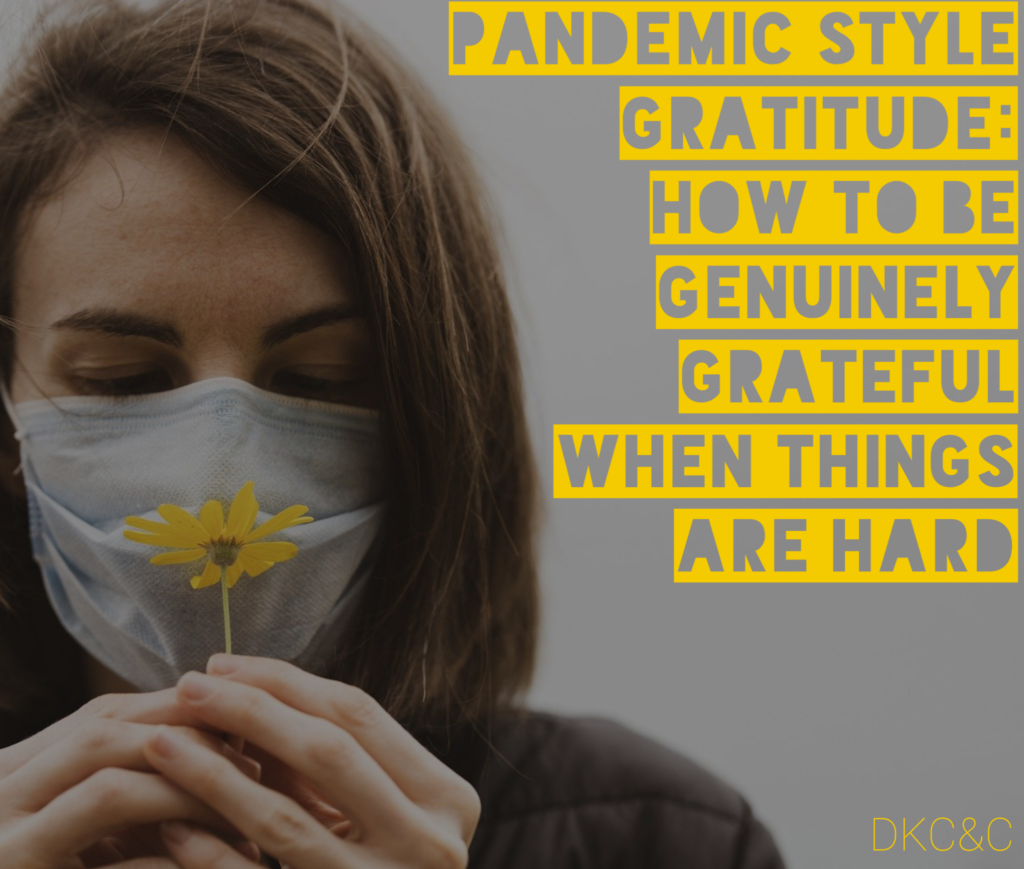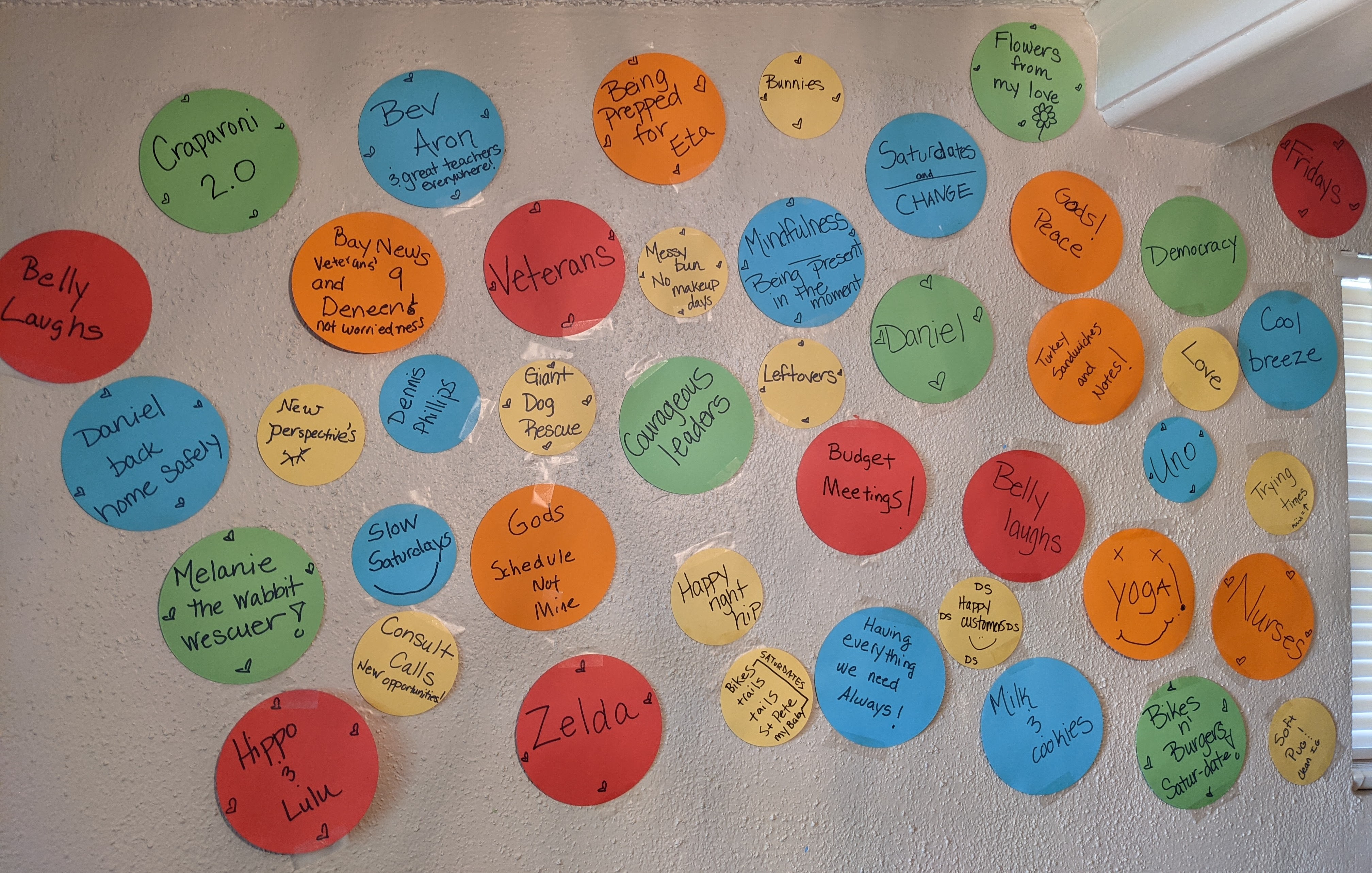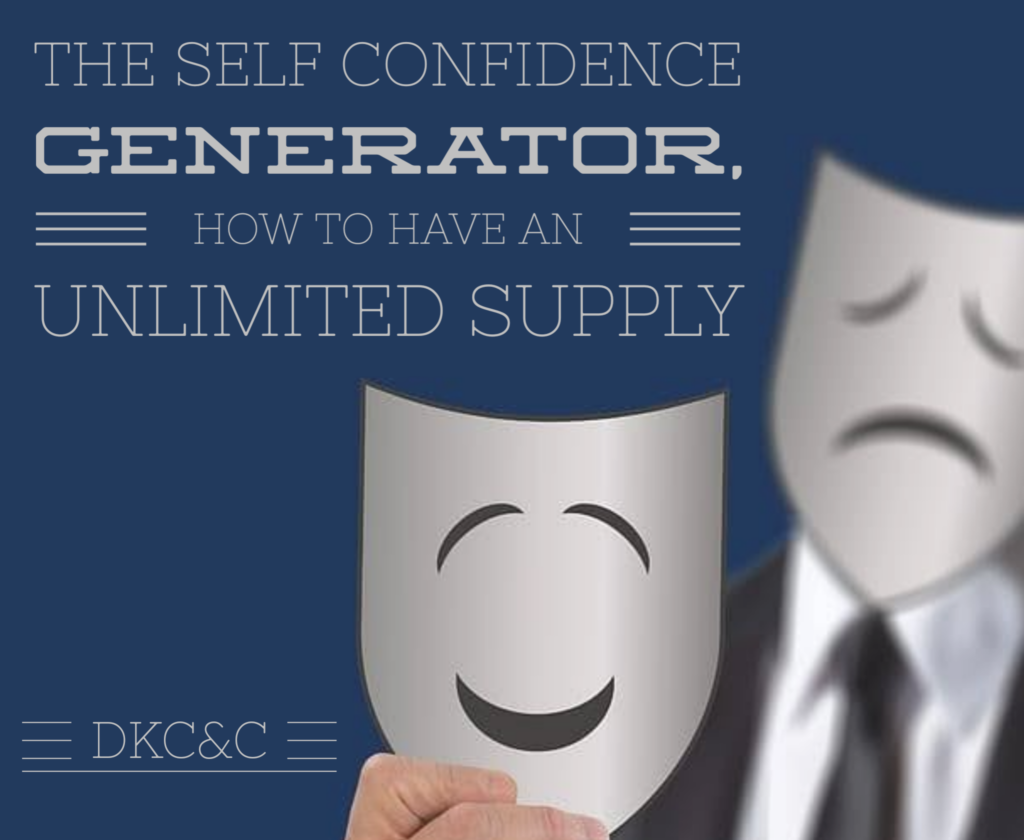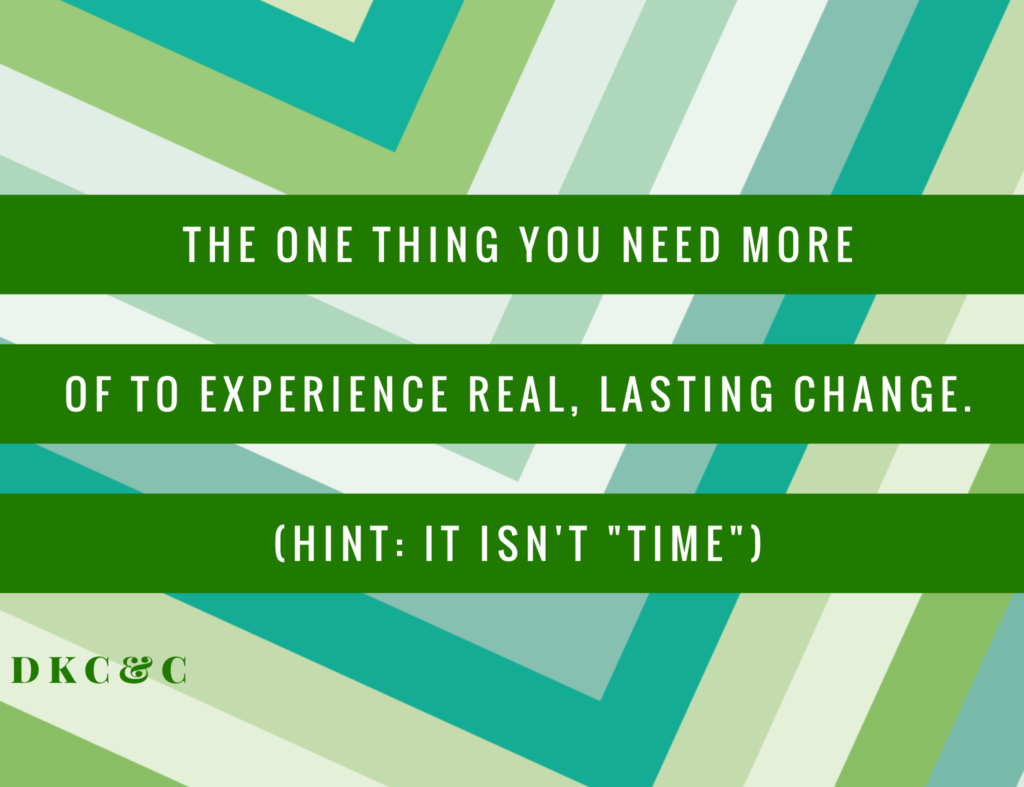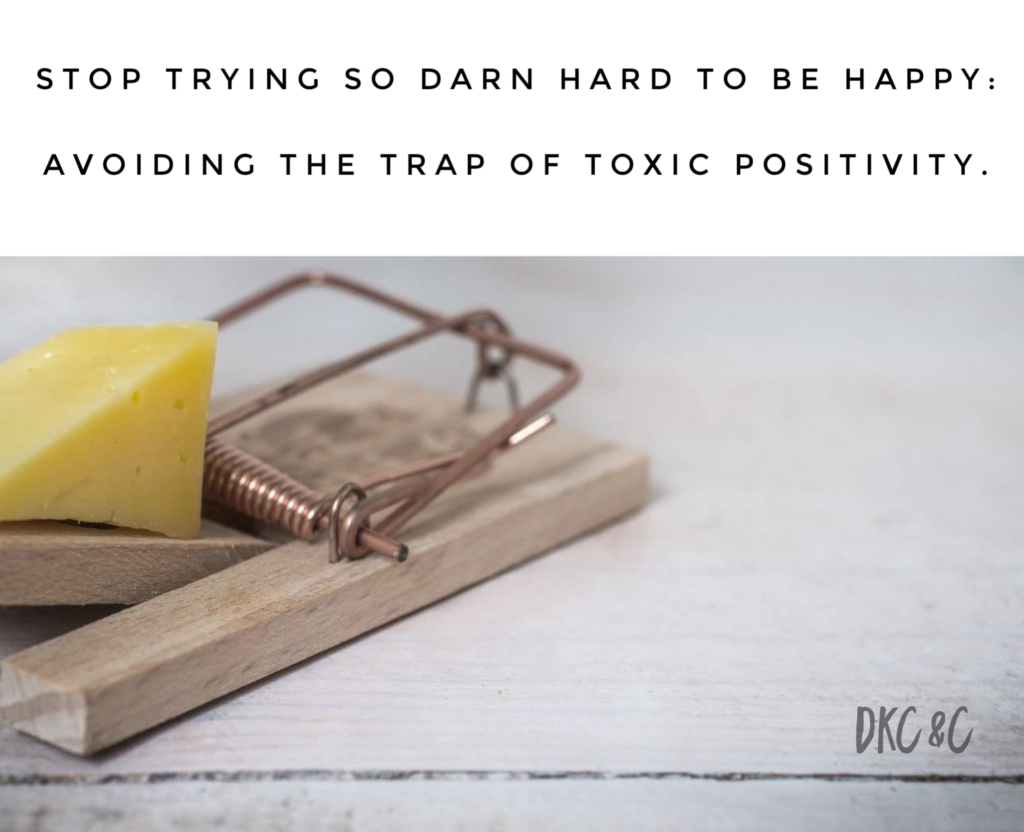
(2-minute read time)
So you just survived Thanksgiving – how’d it go? Did it get you all revved up for the December holidays?
If your answer is “No!” – I totally get it. Holidays can be stressful and emotional even without a pandemic adding to it all. You may be feeling sad over Thanksgiving having been reduced to a Zoom meeting, Or, perhaps you got together with family and found that the in-laws, siblings, and conversations about current events were just all too much (once again).
Depending on your experience last week, you may be tempted to dread the next few weeks. You may anticipate not being able to be with family and feel sad. You may be planning to gather with family and how to handle the annoying things that your weird Uncle Darryl does.
Here are three tips to help you make the next few weeks much more enjoyable, regardless of how Thanksgiving went.
- Be where you are – If you’re not getting together with family and anticipate being sad about that, you’re actually feeling sad NOW about something in the future. When we do this, we remove the ability to experience joy in the present moment. And, we block creative ideas to make the best of a socially distanced holiday.
- Drop the “should” – Go ahead and expect the other people in your life who will be on the call or at the dinner to be exactly who they always are. Don’t waste your time spinning on how they “should” behave or what they “should” do. Instead, move to Tip #3.
- Decisions ahead of time – Whether you’ll be gathering virtually or in-person, you can decide now what the rest of the holiday season will be like. You can decide how you’ll react when other people behave the same way they always do. Instead of wishing they were different, allow them to be who they are (they’re going to anyway). Spend your time deciding on a response that aligns with the kind of holidays you’d really like to have.
Holidays do not have to equal stress. Need a hand removing some? I can definitely help. Click here to chat!
